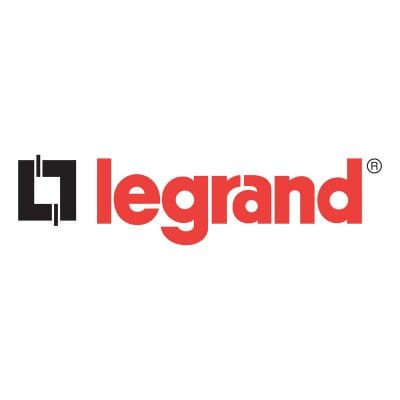MCCB is an abbreviation for Molded Case Circuit Breaker. It is a different sort of electrical protection device that is utilised when the load current exceeds the capacity of a microcircuit breaker. The MCCB protects against overload and short circuit problems and is also used to switch circuits. Even in household applications, you can use it even for greater current ratings and fault levels. MCCBs are used in industrial applications due to their high breaking capacity and wide current ratings. MCCBs can be used to protect a capacitor bank, a generator, or the main electric feeder distribution. It provides effective protection in applications that require discrimination, configurable overload setting, or earth fault protection.
The main advantage of MCCBs is that you can customise them to meet our demands by adding additional features such as remote closure, UV trip, etc. It is the most cost-effective and functional air circuit breaker replacement.
How Does It Work?
The MCCB combines a temperature-sensitive device (the thermal element) with a current sensitive electromagnetic device to provide the trip mechanism for protection and isolation (the magnetic element).
A Distribution Board, often known as a distribution panel (DP), is an essential electricity delivery system. Its function is to divide an incoming electrical power flow into several secondary or subsidiary circuits. Typically, each of these secondary circuits will be protected by a fuse or breaker. An outdoor distribution board, a commercial distribution board, or a dedicated lighting distribution board for huge public events fundamentally do the same. They take an incoming electrical connection, divide it, and redirect it to various sub-circuits.
This allows for more accurate and granular management of power supply to various locations, including the ability to isolate and shut down parts of the circuit without totally shutting down incoming power.
It also has extra safety measures, such as fuses, breakers, and RCDs, enabling safer use of mains’ electricity. The entire electrical system is better protected from overloads, short circuits, and other risks since each branch circuit has its safety cut-off.
The Difference Between MCCBs & Distribution Panels
The fuse is a critical component of every distribution board. A fuse is an important part of a distribution board because it prevents overcurrent from passing through your circuitry. In the event of an overcurrent, the fuse rapidly shuts down the main supply, safeguarding your equipment as well as your home or business from any electrical hazard.
MCCBs, based on electromagnetic theory, provide a quick solution to a short circuit problem. When current flows through the MCCB, a solenoid coil generates a small electromagnetic field.
Visit Legrand if you’re interested in learning more about Distribution Boards or purchasing one!






















